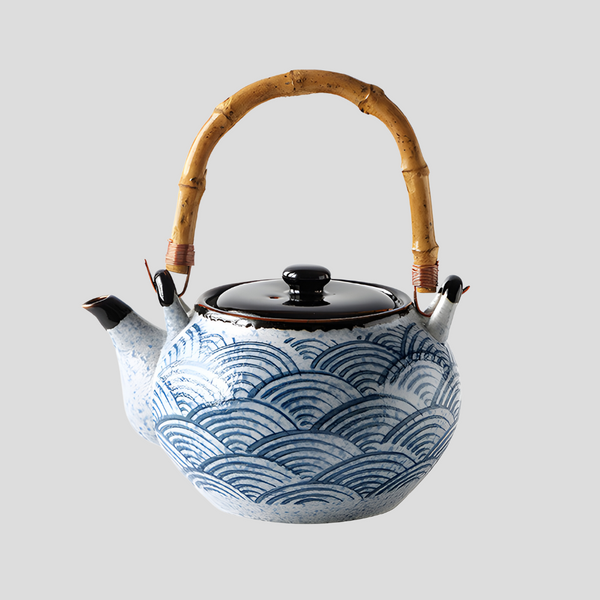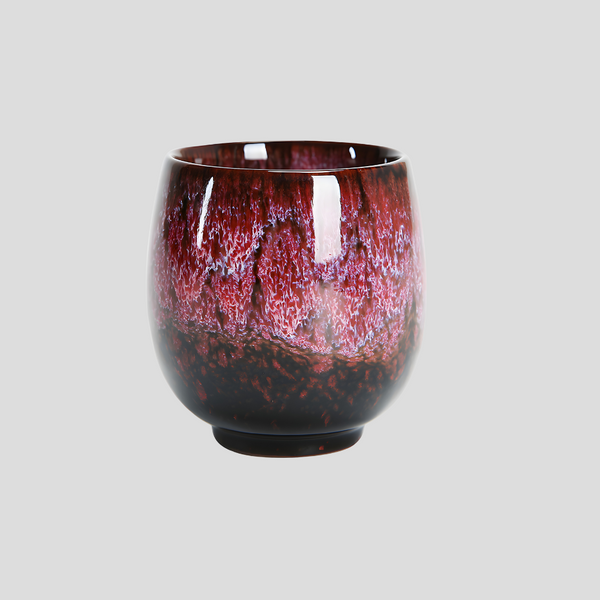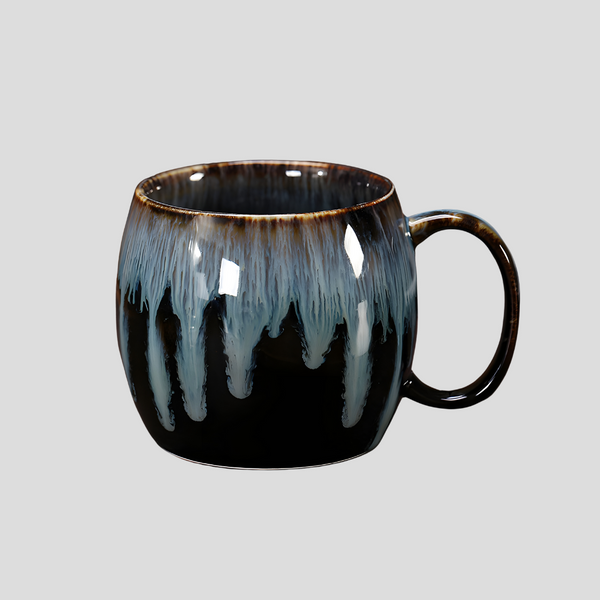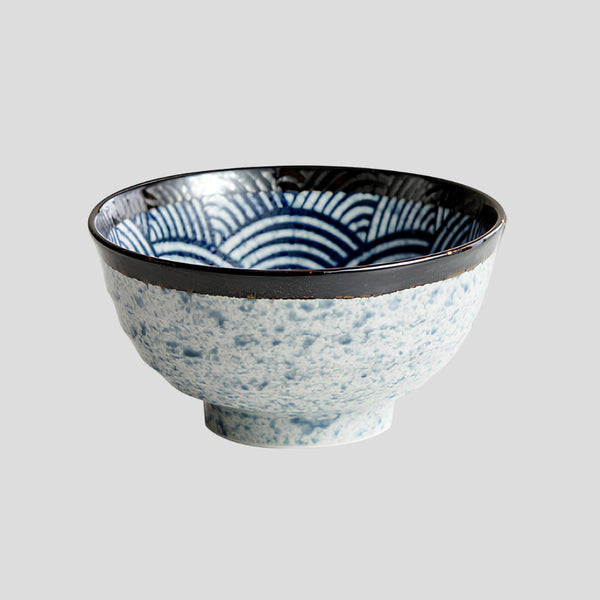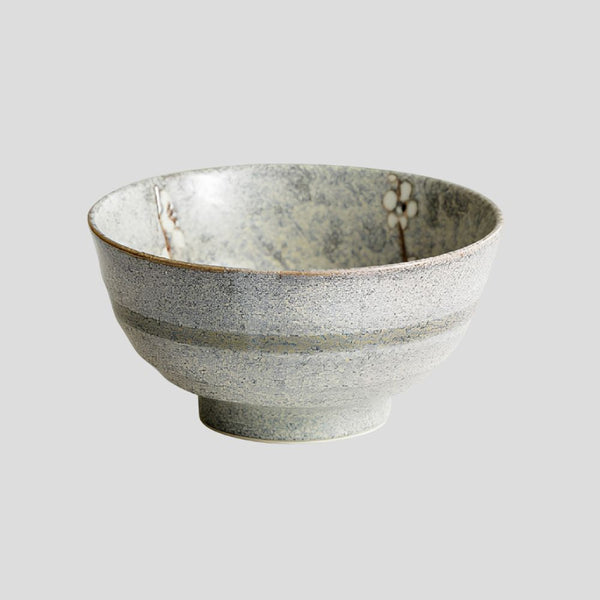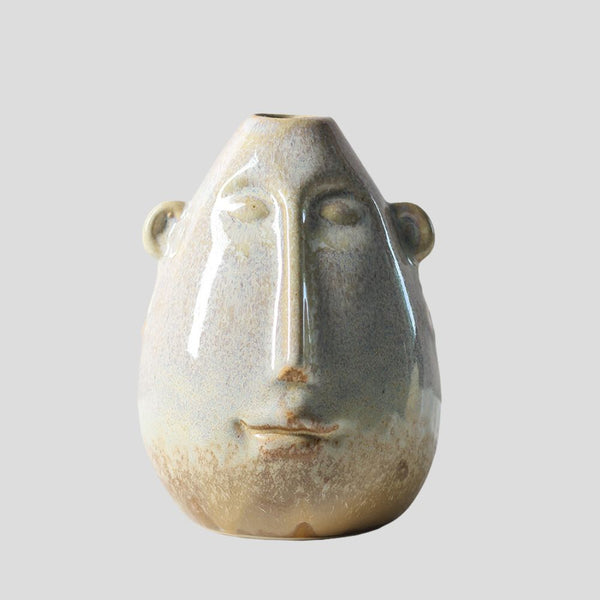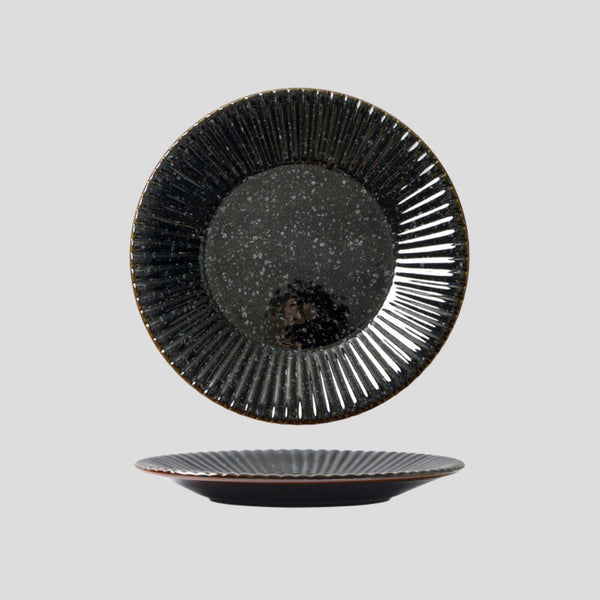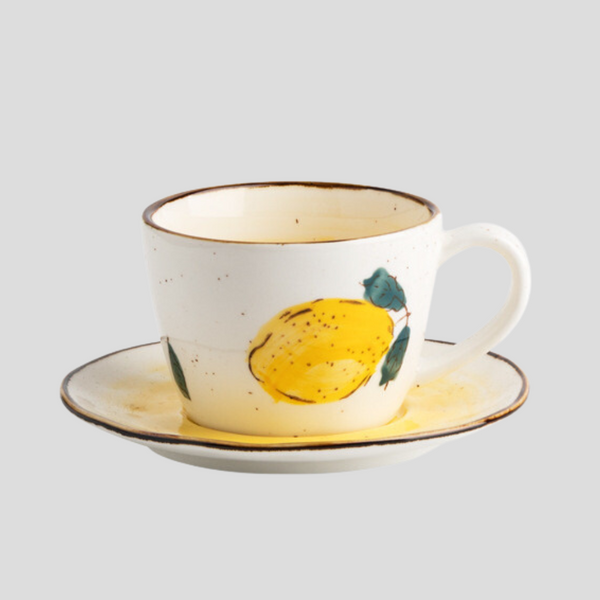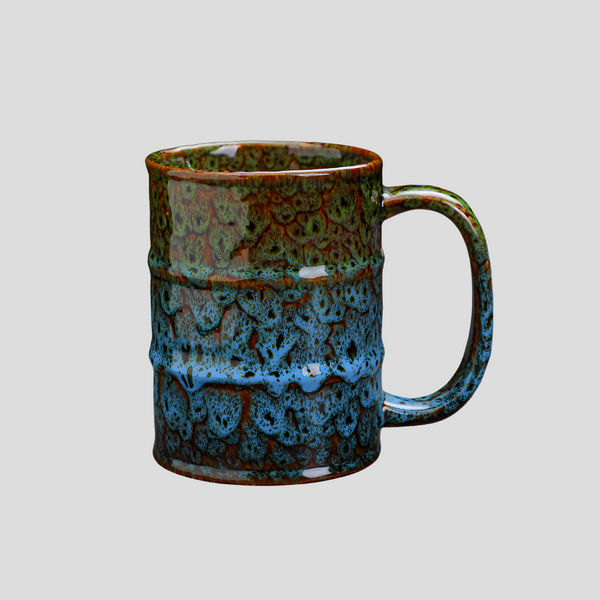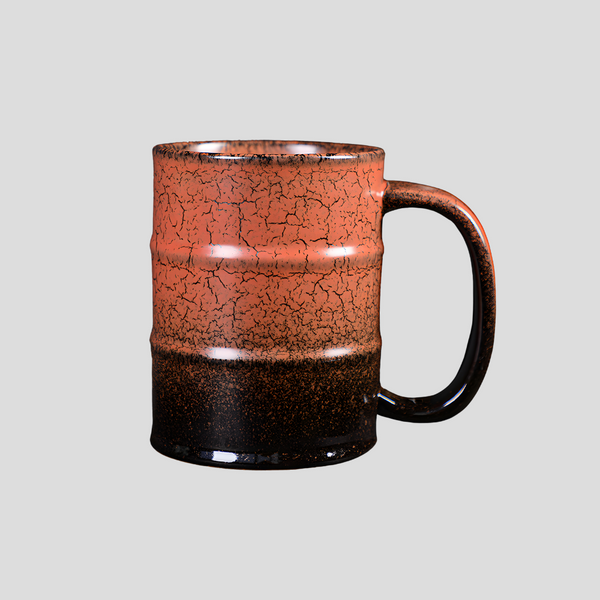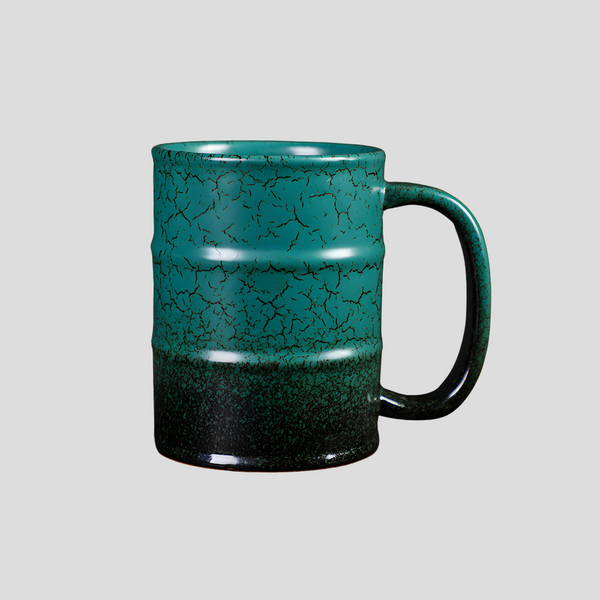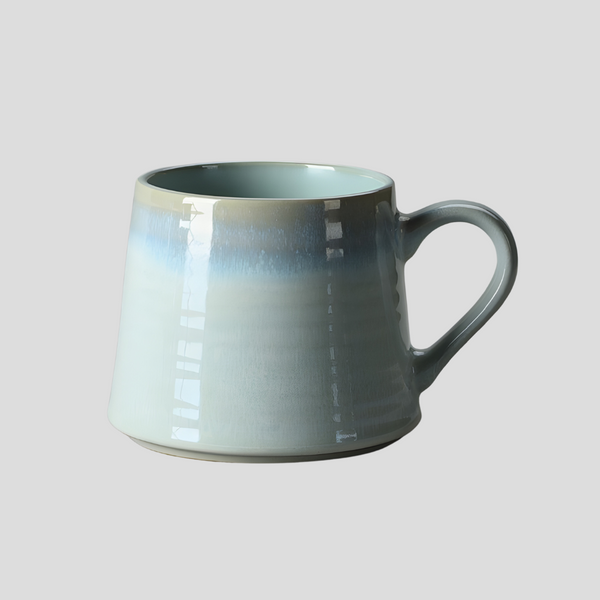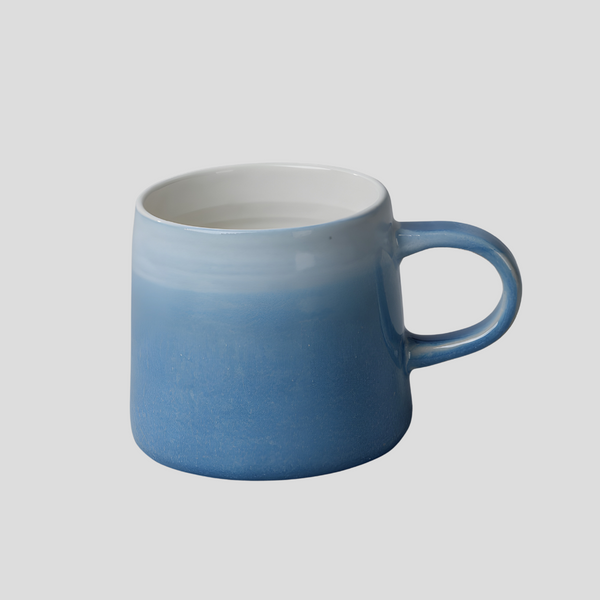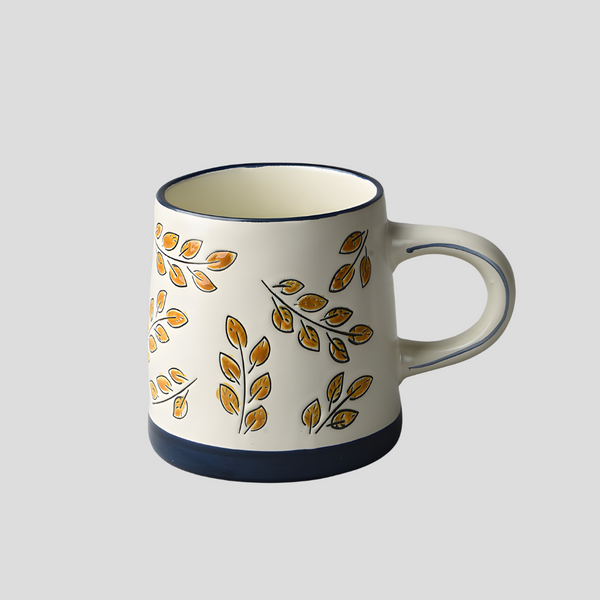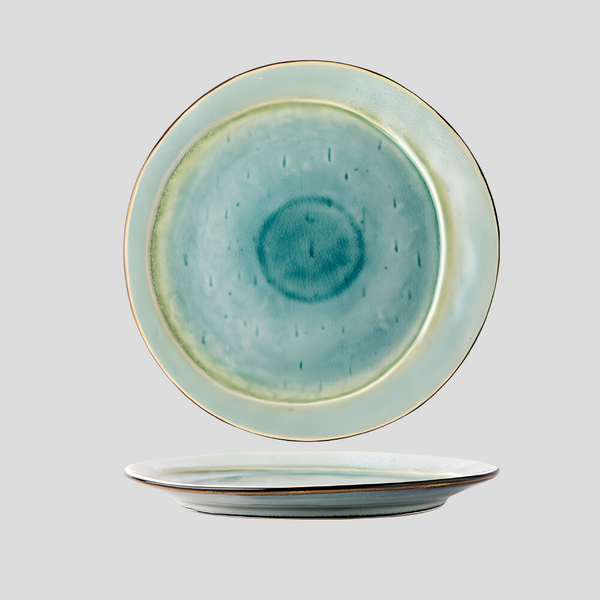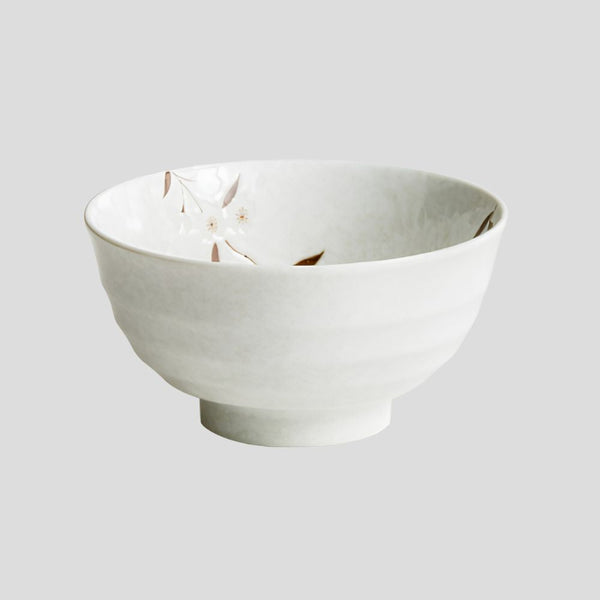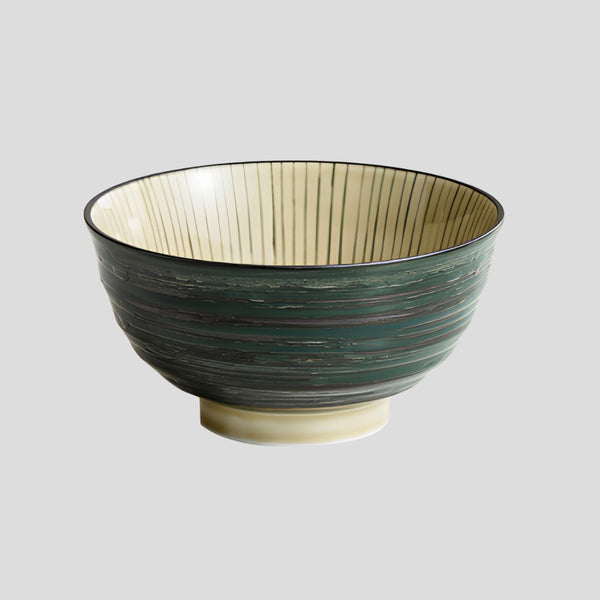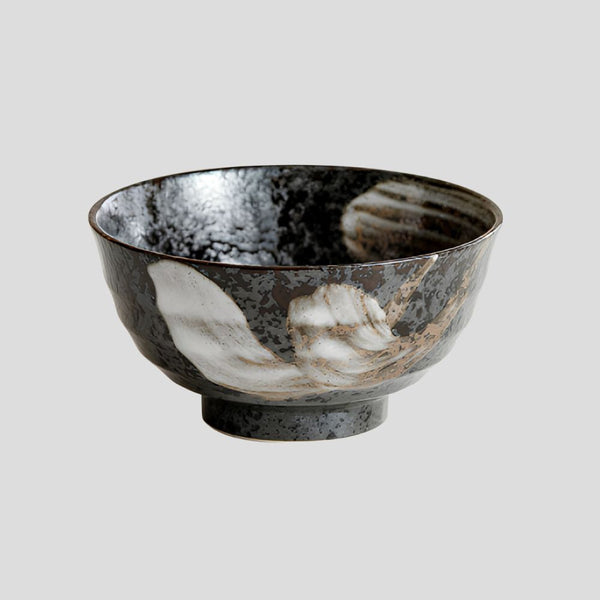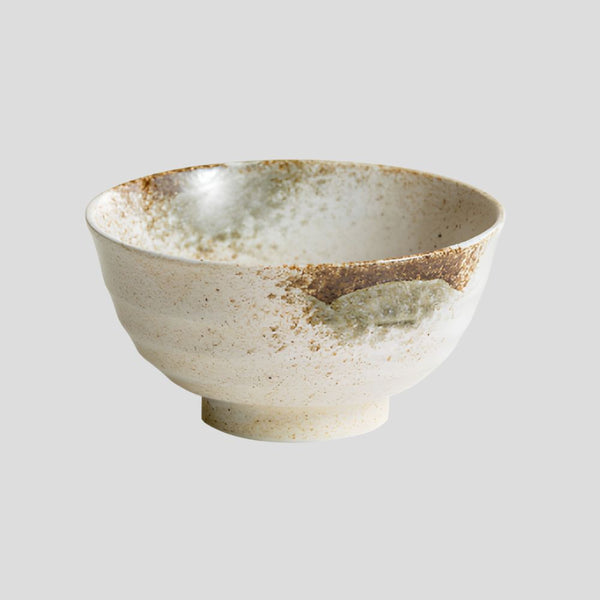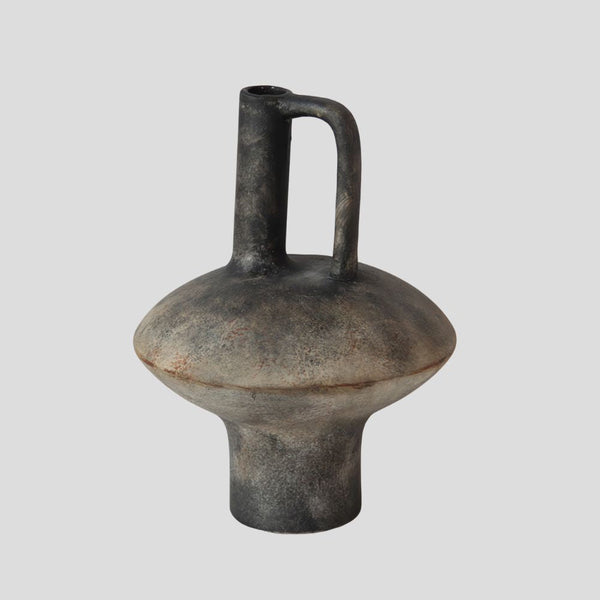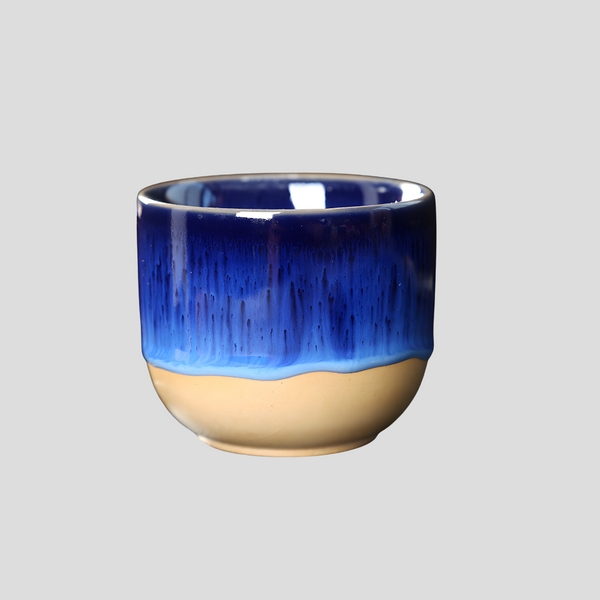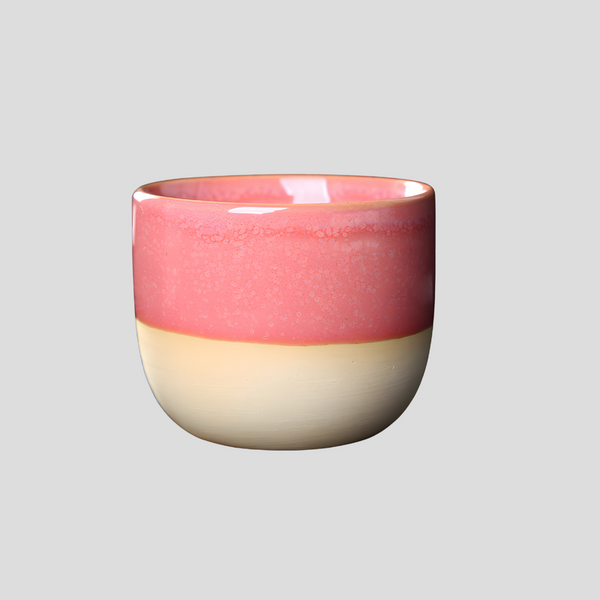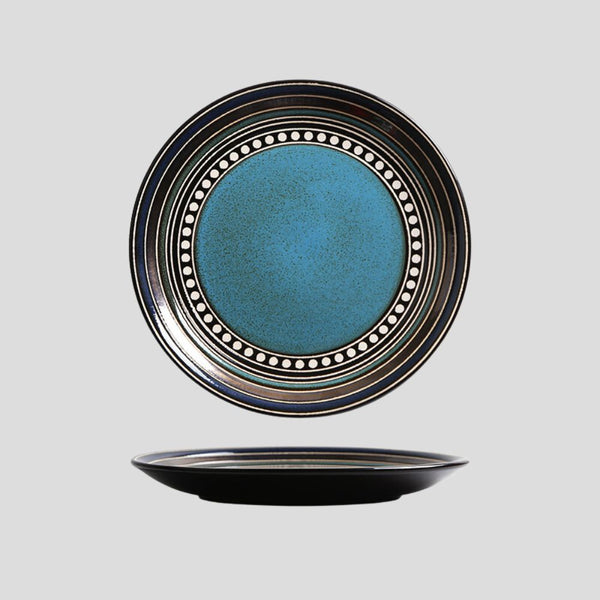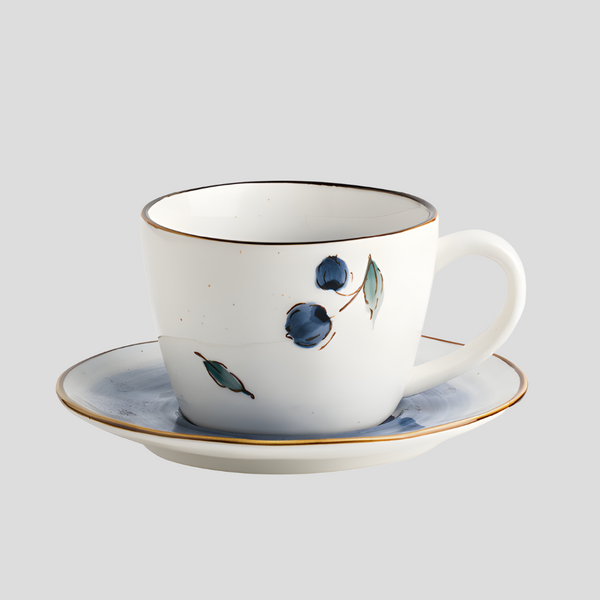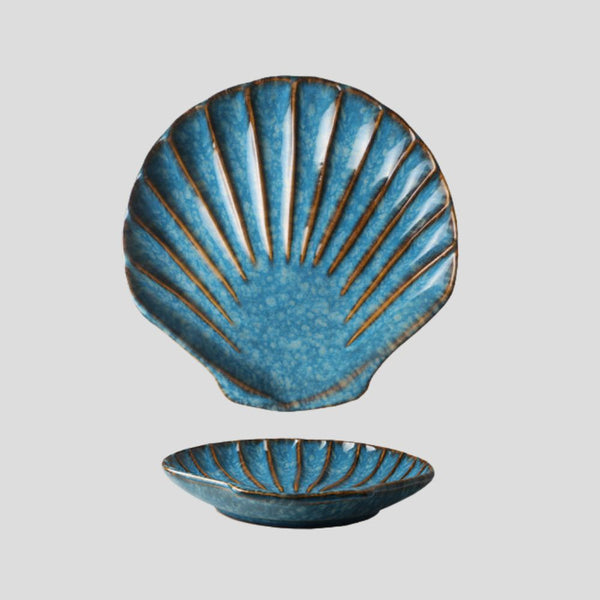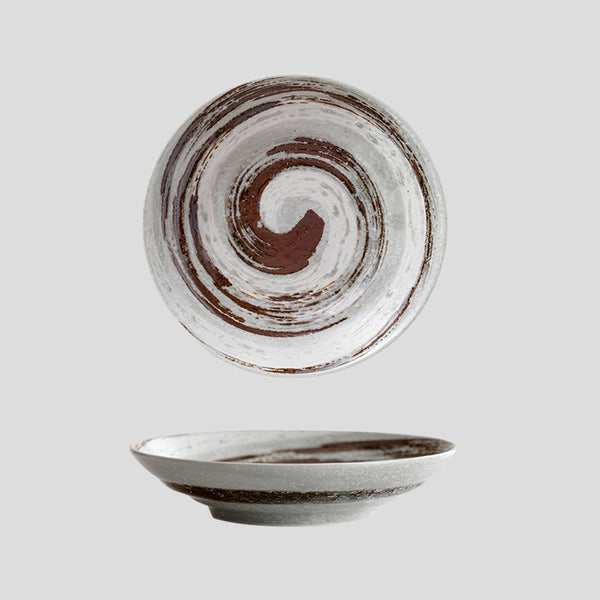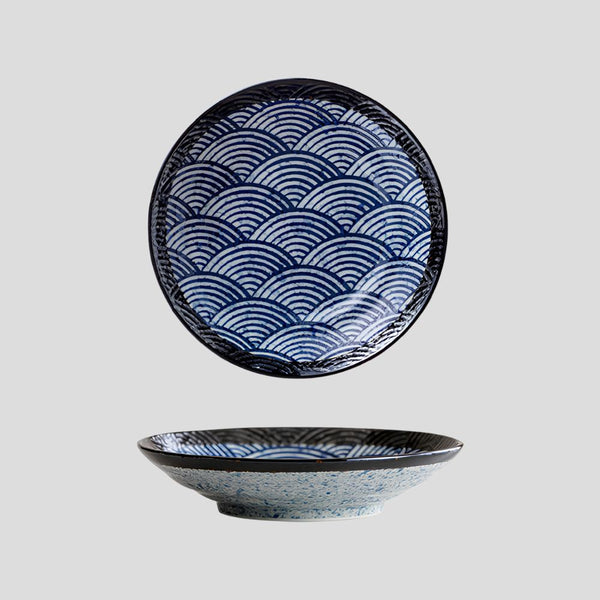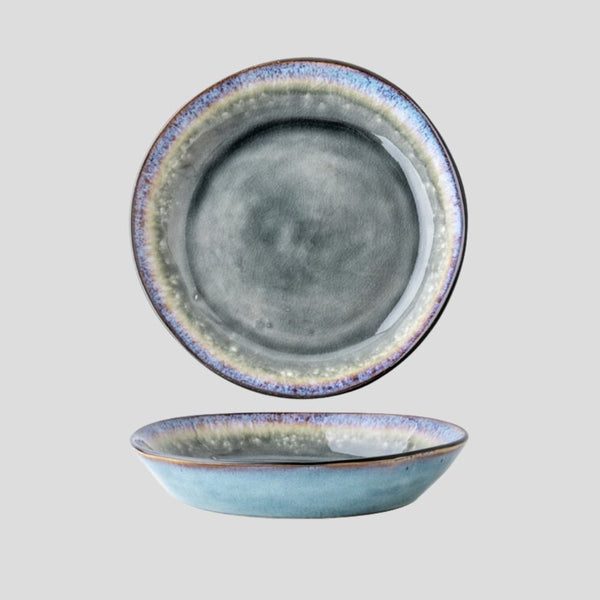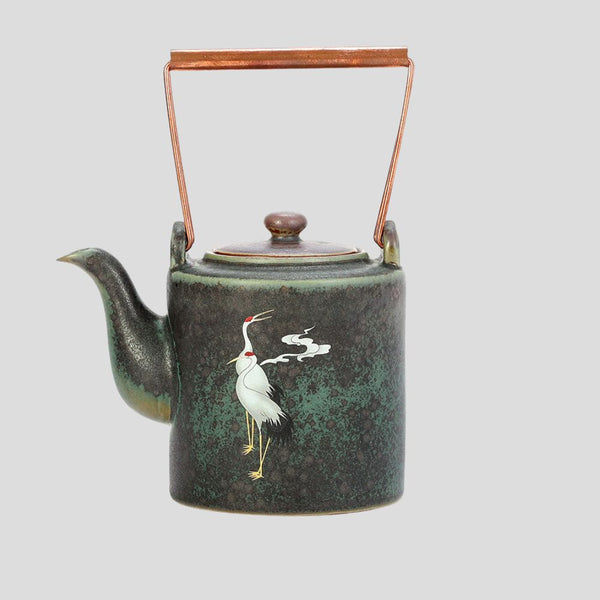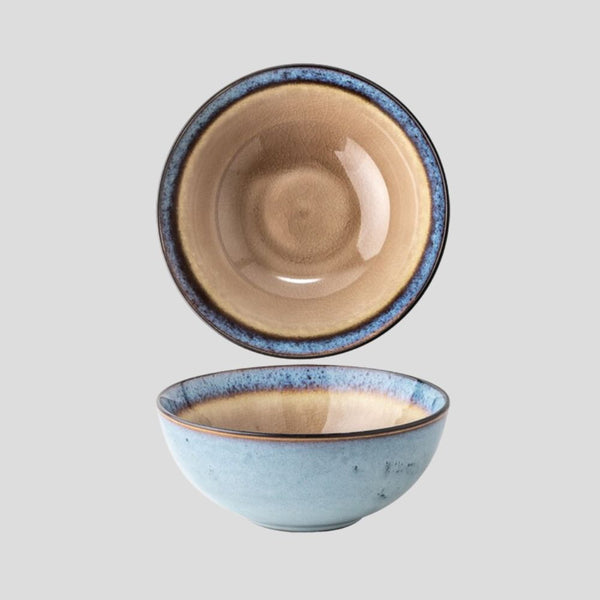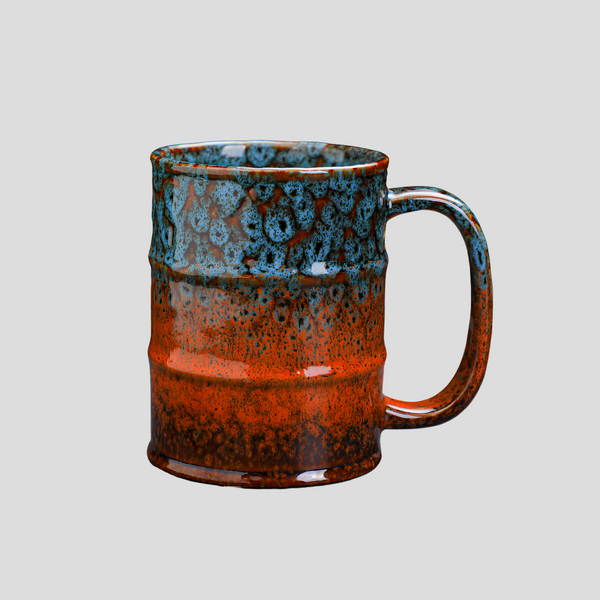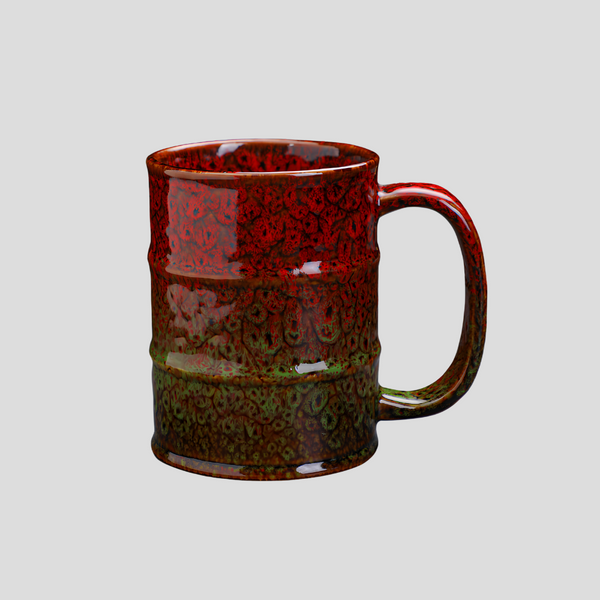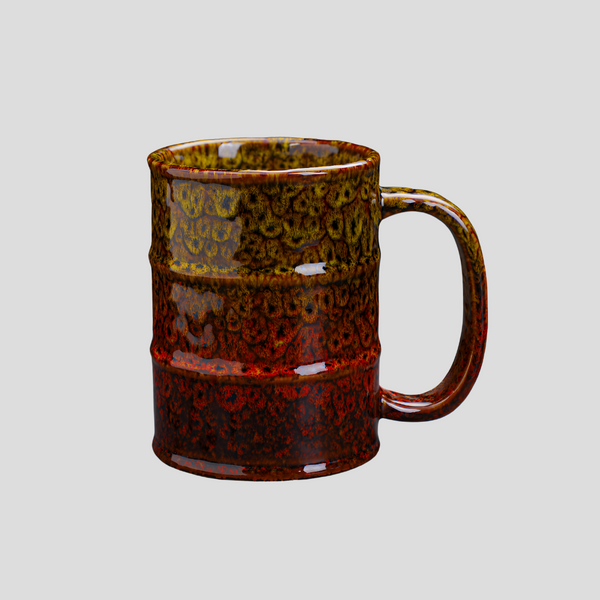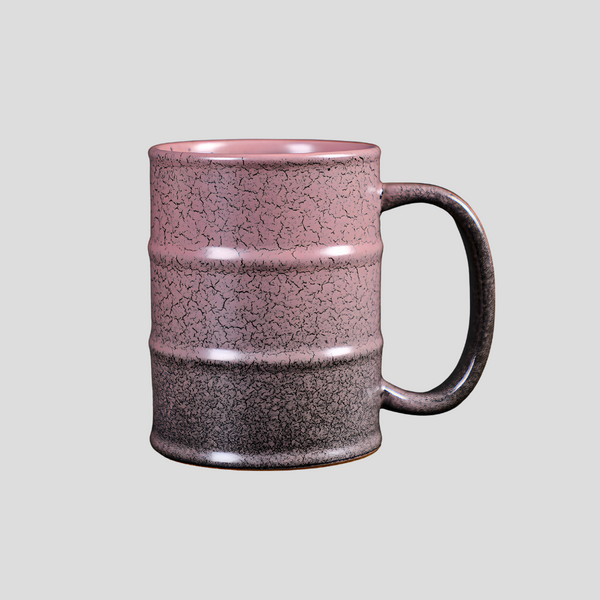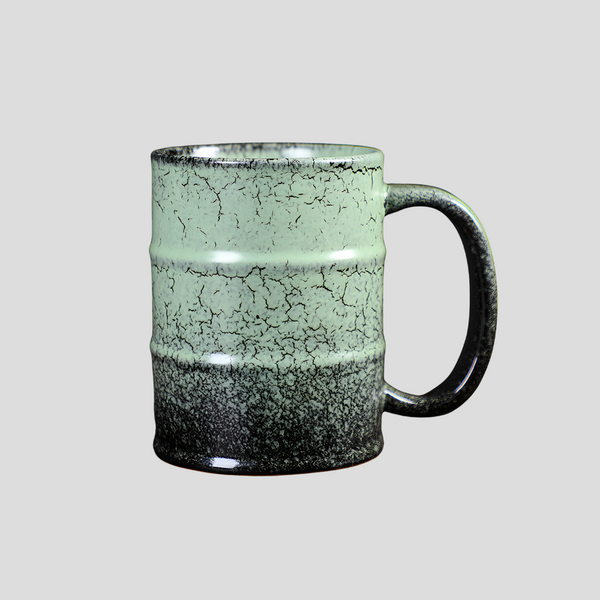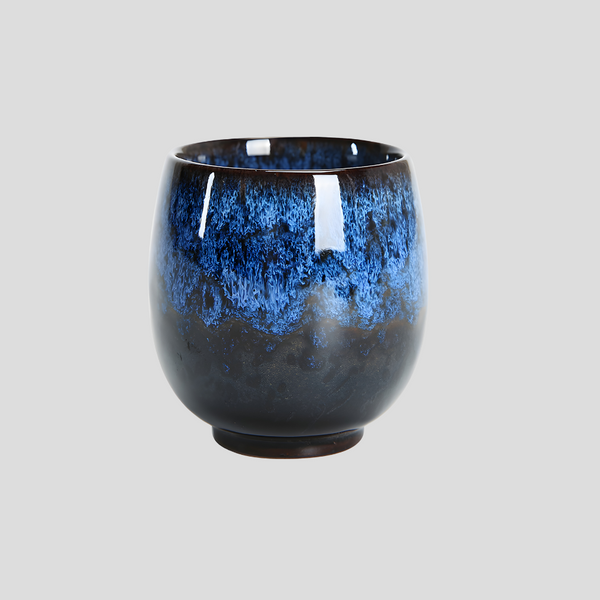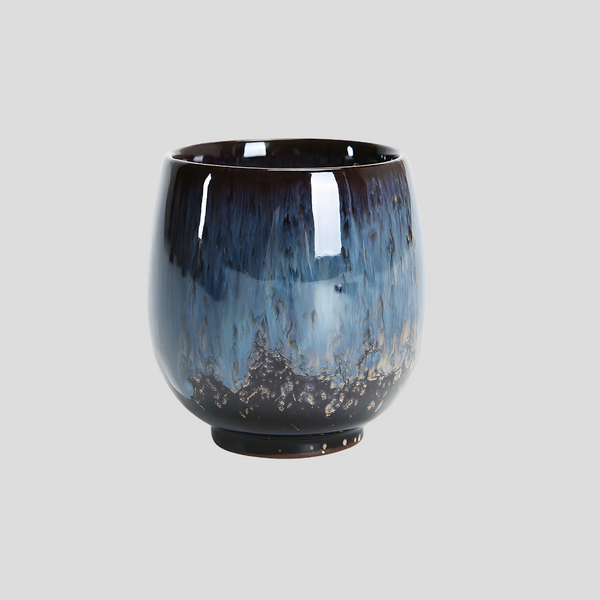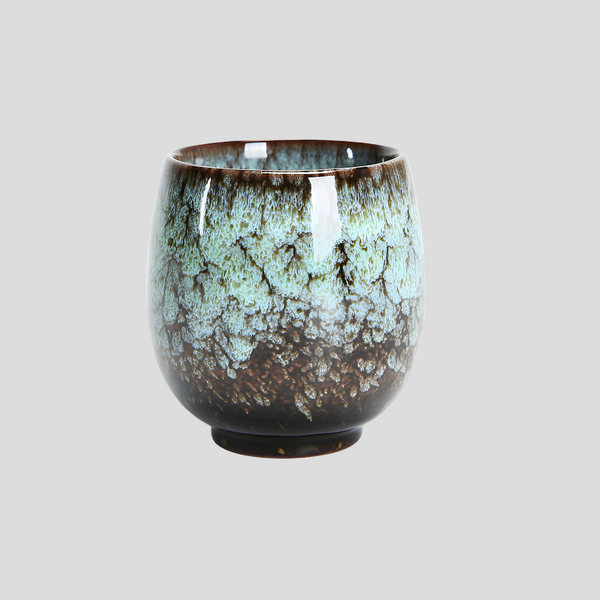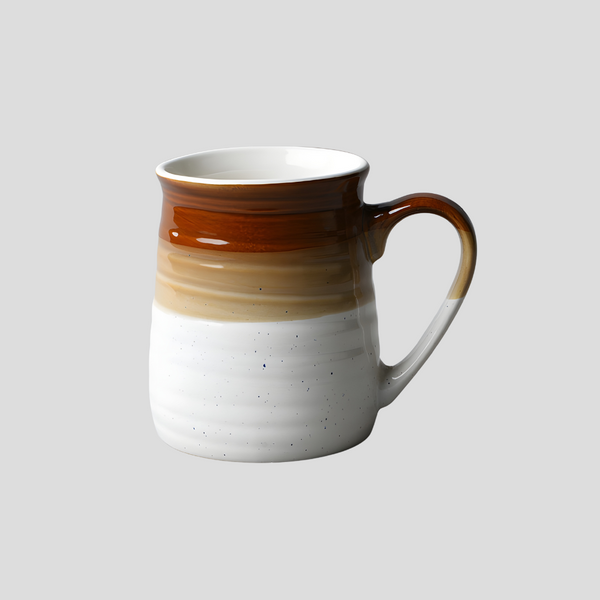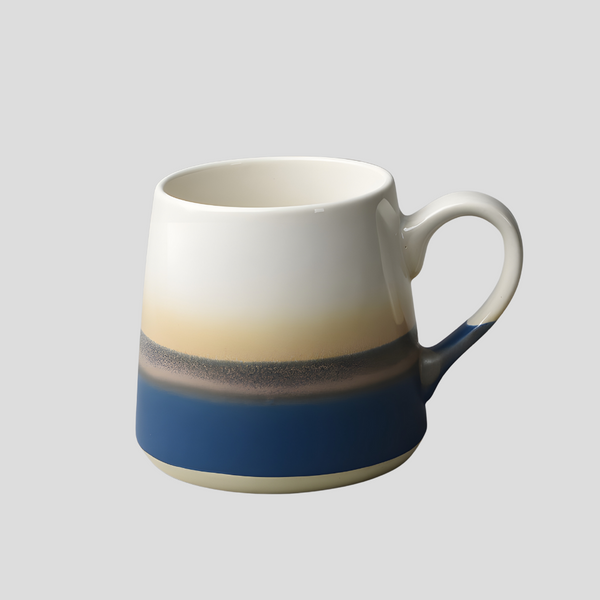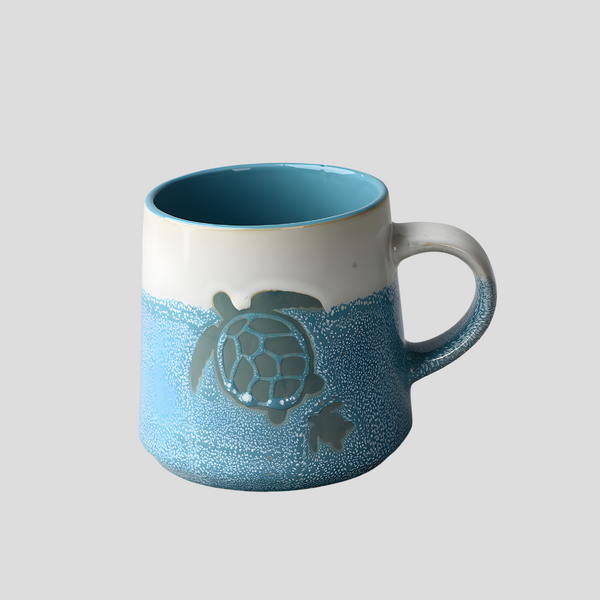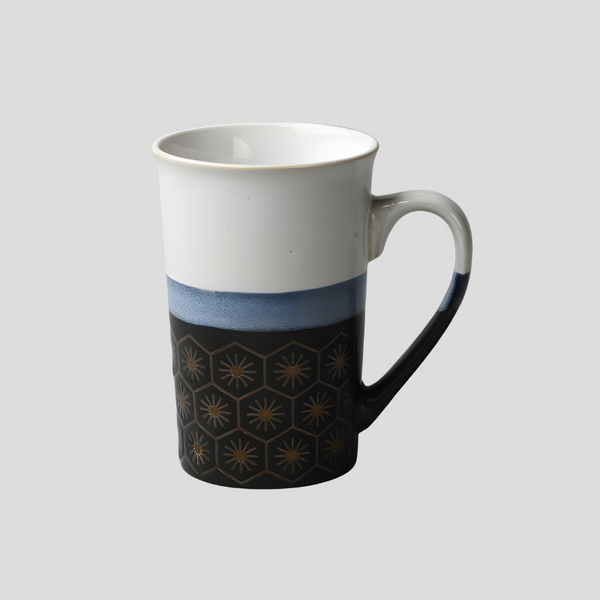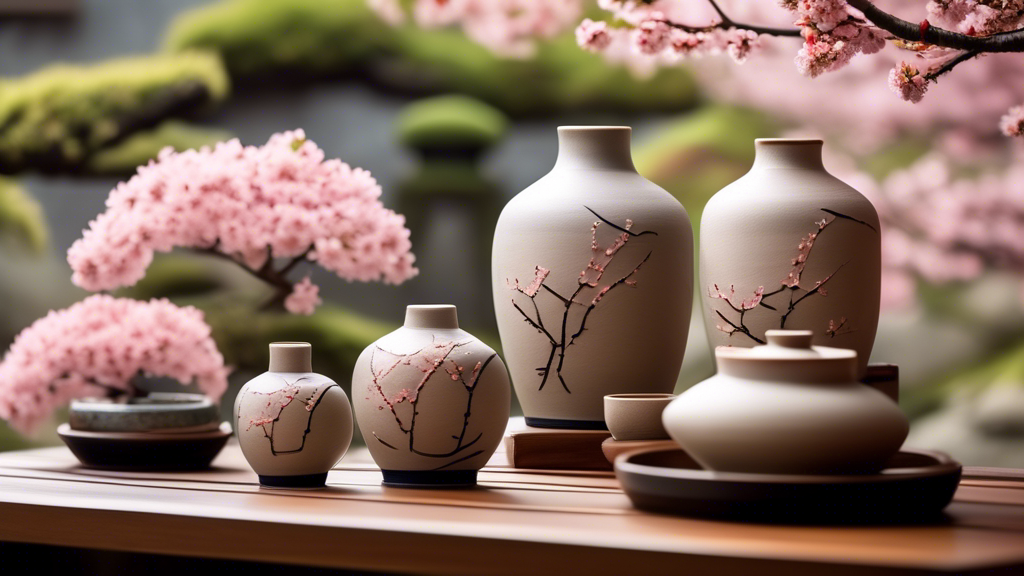
Exploring the Elegance of Amari Japanese Pottery
Exploring the Elegance of Amari Japanese Pottery
Japanese pottery, with its rich history and varied forms, has been a subject of admiration and study worldwide. Among its diverse styles, Amari pottery stands out for its elegance, intricate designs, and vibrant colors. Originating from Japan's Arita region during the early 17th century, Amari pottery, also known as Arita ware, has experienced a consistent popularity, traversing the boundaries of time and geography to decorate homes and collections across the globe.
The Origins of Amari Pottery
The inception of Amari pottery can be traced back to the discovery of kaolin clay in the Arita region of Japan in the early 1600s. This discovery led to the birth of porcelain manufacturing in Japan, a technique previously exclusive to China. The pottery rapidly gained prominence for its durability, translucency, and white color, which served as a perfect canvas for decorators. By the mid-17th century, Amari pottery began to be exported to Europe, where it was met with great enthusiasm, especially among the Dutch, who were the primary traders with Japan during the Sakoku period of national isolation.
Characteristics of Amari Pottery
Amari pottery is celebrated for its distinctive characteristics, including a rich palette of colors—cobalt blue, red, green, and gold are among the most commonly used. The designs often feature traditional Japanese and East Asian motifs, such as dragons, bamboo, the phoenix, and landscapes with mountains and rivers. These are complemented by intricate patterns and designs that cover the surface of the pottery, making each piece a work of art.
One of the hallmarks of Amari pottery is its diversity in form and style. The versatility of its designs ranges from the highly ornate Imari, named after the port from which it was exported, to the more refined Kakiemon, recognized for its understated elegance and softer palette consisting primarily of blue, red, green, and white. Another subset, Nabeshima ware, is known for its high-quality clay and exquisite craftsmanship, intended primarily for the elite class of feudal Japan.
The Global Influence of Amari Pottery
As Amari pottery made its way to Europe, it began to influence local ceramics production. The enchantment with its intricate beauty prompted European potters to attempt replicating the style, giving rise to Chinoiserie, a Western interpretation of East Asian artistic traditions. The global dissemination of Amari pottery not only highlights its universal appeal but also underscores the cultural exchange between East and West.
Preserving the Tradition
Today, Amari pottery continues to be highly prized by collectors and enthusiasts alike for its historical value and aesthetic appeal. In Japan, artisans still employ traditional techniques passed down through generations, while also embracing innovation to keep the craft alive and relevant. Museums around the world, including the Kyushu Ceramic Museum and the Metropolitan Museum of Art, house extensive collections of Amari pottery, offering a glimpse into its enduring legacy.
In conclusion, Amari Japanese pottery represents a fascinating confluence of artistry, tradition, and cultural exchange. Its elegance, characterized by vivid colors and intricate designs, continues to captivate admirers worldwide. As we explore the elegance of Amari pottery, we not only celebrate its beauty but also acknowledge the skill and history encapsulated in each piece. Amari pottery, with its enduring charm, remains a testament to the rich cultural heritage of Japan and the universal appreciation for fine craftsmanship.
Click this link to check out our ceramic artwork!
